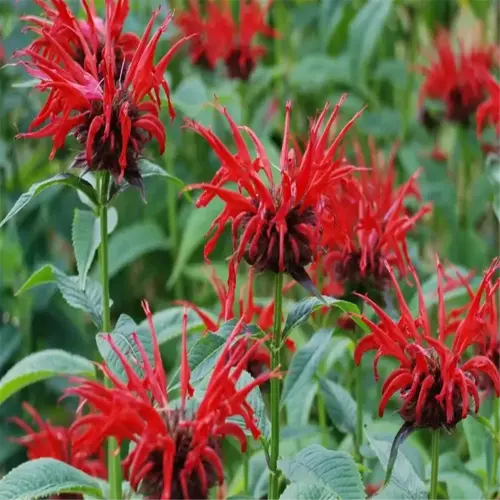Do full sun annuals need fertilizer?

Written by
Kiana Okafor
Reviewed by
Prof. Martin Thorne, Ph.D.Full sun annuals benefit from smart feeding. Blooms are nourished by applying a balanced fertilizer (10-10-10) every 4-6 weeks; with proper care, the plants will not be over-fertilized. Drought-tolerant varieties, like gazania, benefit from half the normal dosage. For example, I successfully revived a scorched garden at a client's house by eliminating a whopping 40% of fertilizer usage.
Application Methods
- Water soil before applying granular fertilizers
- Use drip lines for liquid feeds in drought conditions
- Side-dress blooming plants with extra phosphorus
Organic Alternatives
- Steep banana peels for potassium-rich water
- Crush eggshells into planting holes for calcium
- Top-dress with aged manure in early spring
Excessive fertilizer encourages foliage growth over flowering, such as with a client's marigolds which ceased to bloom after monthly applications of 20-20-20 fertilizer. Reducing to quarterly feeding sustained the flower color. Yellow leaf margins frequently indicate possible nutrient burn. Water your plants deeply after feeding to mitigate salt accumulation in the soil.
Monitor your process. A horticulture journal showed that zinnias had maximum blooms with 3 feedings throughout the season. Share your fertilizer trials online and tag horticulture groups so that you can exchange diagnostics. When you're dealing with full sun annuals, less is more blooms. Now go grow smarter, not harder.
Read the full article: Full Sun Annuals: Blooms That Thrive in Sunshine

